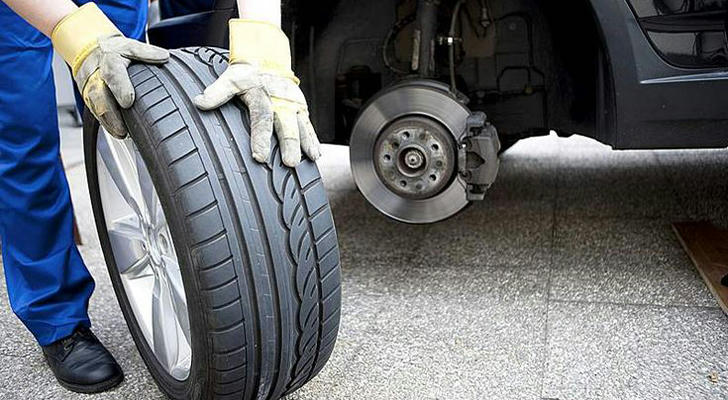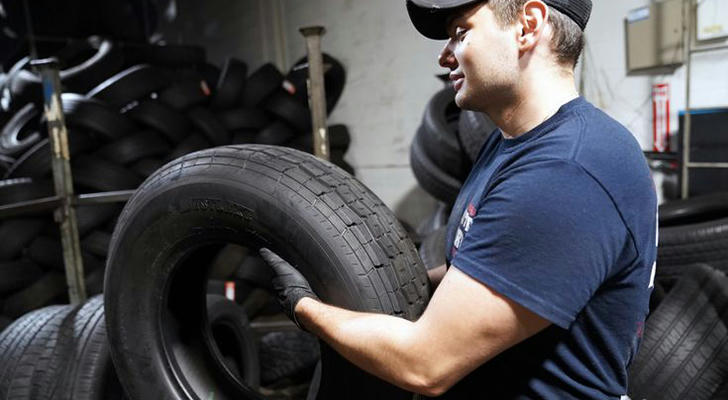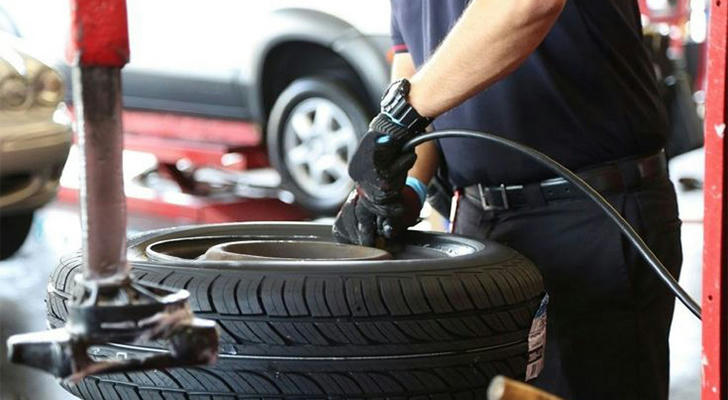Common Tire Purchase Mistakes: How to Avoid Wasting Money

When it comes to vehicle maintenance, selecting the right tires is crucial. Tires not only directly affect the vehicle's performance but are also vital to driving safety. However, many car owners often fall into various pitfalls when purchasing tires due to a lack of professional knowledge or misconceptions. These mistakes can lead to wasted money and even negatively impact driving experience and safety. To help car owners make informed decisions, this article will explore common tire purchase mistakes and offer practical advice to help you avoid unnecessary expenses.

I. Common Tire Purchase Mistakes
1. Choosing Based Solely on Price
Price is often the primary factor car owners consider when buying tires. While price is undoubtedly important, making a decision based solely on price is a common mistake. Extremely cheap tires might indicate poor quality, short lifespan, or inadequate safety features, while expensive tires may not always be the best fit for your vehicle. Car owners should consider the brand, performance, reputation, and suitability of the tires rather than just the price tag.
2. Ignoring Tire Size and Specifications
Another common mistake is ignoring the tire size and specifications recommended by the vehicle manufacturer. Some car owners, in pursuit of aesthetics or enhanced driving experience, choose tires that exceed or fall short of the recommended specifications. However, this choice can result in decreased vehicle handling, increased fuel consumption, and even safety risks. Therefore, when purchasing tires, it is essential to adhere to the size and specifications listed in the vehicle manual.
3. Overlooking Seasonal and Environmental Considerations
Many car owners overlook seasonal factors and usage environments when selecting tires. For instance, using summer tires in winter or choosing inappropriate tires for wet road conditions. Each type of tire is designed for specific purposes, such as winter tires, summer tires, and all-season tires, and their performance varies significantly under different conditions. Choosing the wrong tires can affect vehicle performance in extreme weather or special road conditions, increasing the risk of accidents.
4. Assuming All Tire Brands Are the Same
Some car owners believe that tires are relatively simple components, and there is little difference between brands. However, tire quality and performance vary between brands. Differences in materials, design, and manufacturing processes directly impact tire durability and safety. Reputable brands typically have stricter quality control and better after-sales service. Therefore, choosing a reliable brand can ensure tire quality and a better user experience.
5. Neglecting Regular Tire Replacement
Tires are among the most easily worn components of a vehicle, but many car owners neglect the importance of regular tire inspection and replacement. Severely worn tires can result in decreased grip, longer braking distances, and even dangerous situations like blowouts. Understanding tire lifespan, regularly checking tread depth and pressure, and replacing worn tires promptly are essential measures to ensure driving safety.

II. Practical Advice: How to Avoid Wasting Money
1. Research brand and vehicle compatibility
Before purchasing tires, it is worth spending time researching how different brands and models of tires match with your vehicle. Reading user reviews, consulting professionals, or learning about the performance differences of different brand tires on the internet can help you make wiser choices.
2. Pay attention to seasonality and environmental adaptability
Choose the right tires according to the climate conditions and driving habits of your area. For example, choosing winter tires in cold winter areas can greatly improve driving safety; if you frequently drive on slippery roads, you can choose tires with better water drainage performance.
3. Value professional installation and maintenance
After purchasing tires, ensure they are professionally installed and regularly maintained, such as balancing tires, checking tire pressure, and tread depth. This can not only extend the service life of the tires but also optimize the driving experience and reduce long-term usage costs.

III. Real Case: Mr. Li's Tire Replacement Experience
Background Introduction: Mr. Li is a young car owner who drives a mid-size sedan. Two years after purchasing the vehicle, Mr. Li found that the original tires were severely worn and decided to replace them with a new set.
Event Process: Due to limited knowledge about tires, Mr. Li chose relatively cheap tires without considering the brand and usage environment. As a result, the new tires had significantly worse grip in the rain compared to the original tires, leading to a dangerous situation during a rainy drive. Realizing the seriousness of the issue, Mr. Li chose a set of tires suitable for rainy and slippery road conditions. Although the price was slightly higher, the driving experience and safety were significantly improved.
Emotional Sublimation: Mr. Li's experience made him understand the principle that "cheap is not necessarily good." He said with emotion, "Tires, as an important guarantee for driving safety, must be chosen appropriately, not just for the low price. Spending a little more money in exchange for the safety of the whole family is a worthwhile investment."
IV. Conclusion
In summary, the selection of tires is a key factor affecting the driving safety and driving experience of a vehicle. Avoiding common tire purchasing pitfalls can not only help you save unnecessary expenses but also ensure driving safety and vehicle performance. By thoroughly understanding tire brands, specifications, usage environments, and valuing regular replacement and maintenance, you can choose the most suitable tires for your car, making every trip more secure.
